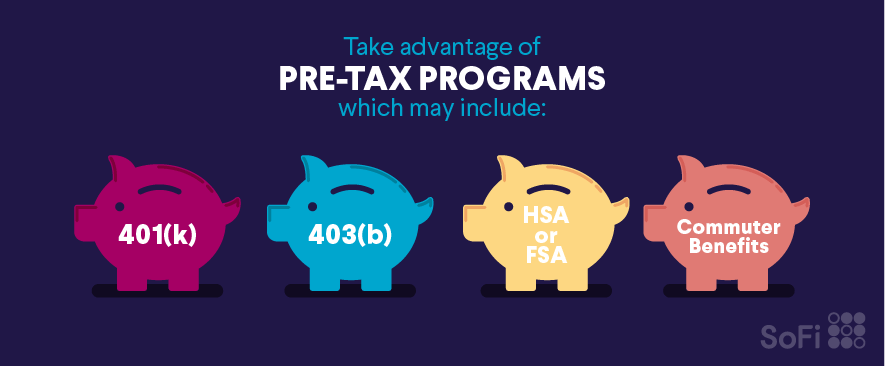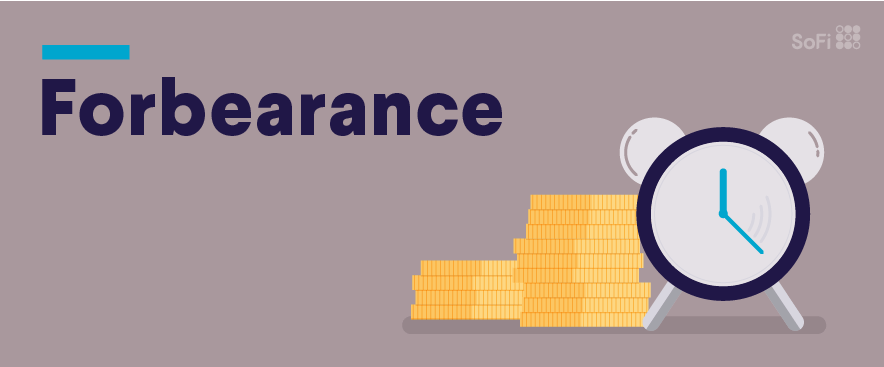The Growing Average Credit Card Debt in America
Hard as this may be to imagine, 75 years ago, we didn’t have anything like today’s modern credit cards. Nowadays, studies are conducted annually to monitor the rising average credit card debt in our country, and this figure is seen as an indicator of the economy and of people’s individual spending habits.
It wasn’t as easy to buy what you needed in the pre-credit card era, and this form of payment has important benefits, including giving users a short window of time to make purchases on credit without paying interest on the balance.
But, the ease of credit card use also makes it ultra-easy to build up a mountain of debt, and the credit card debt spiral can be especially challenging to break. We’ll share more about why that’s so, later on in this post, along with tried-and-true methods to get out of this unwanted spiral of debt.
First, though, we’ll answer two commonly asked questions:
• What is the average credit card debt this year?
• How can I get out of credit card debt?
What is the Average Credit Card Debt This Year?
BusinessInsider.com reported on a 2018 study that shared how more than 40% of households in the United States have credit card debt, with the average household having a balance of $5,700. This average varies by where exactly you live in the country.
On the one hand, the percentage of Americans who have credit card debts has been decreasing for the past 10 years. On the other hand, when looking at people who do have this kind of debt, the average amount has been increasing.
Related: What is the Average Debt by Age?
From an economic standpoint, this is useful information to have. This data can also be helpful in allowing you to place your own financial situation into context. And if you’re unhappy with the amount of debt you’re carrying, the real question is how to get out of credit card debt. Fortunately, we’ve got plenty of insights and solutions to share.
First, let’s take a closer look at that average amount of credit card debt: $5,700. This takes into account every household, about 40% of which are in debt. However, if you just count the households in debt that don’t pay off their balances every month, that average debt increases to $9,333.
If you don’t have the means to pay the debt balance off all at once, then as you’re making payments interest keeps accruing, often compounding daily. So, it can be challenging to pay down that debt, especially if you’re making minimum payments or an amount that’s not significantly more than the minimum.
Here are a few more credit card facts to consider:
• About one in every five adults in the United States has a credit card balance that’s higher than the amount of funds in their emergency savings accounts.
• Men have, on average, higher credit card balances than women do, about 22% more.
• About 68% of Americans have credit card debt when they die, on average $4,531. Compare that to the number of people who have mortgage loans when they pass away (37%) and those who have car loans (25%), and you can see how prevalent credit card really is.
Rising credit card debt can be exacerbated when there isn’t an emergency savings account to fall back on, and our cultural climate of consumerism, one where more is always better, doesn’t help.
If you no longer want to be average in the amount of your credit card debt, meaning you want to get out from underneath your debt, there are solutions.
Tips to Get Out of Credit Card Debt
To break the cycle of debt, it’s important to reverse engineer how it works and understand what makes it so challenging to get out of. Credit card companies typically compound interest, which means that interest accrues on the debt, and then you also pay interest on the interest.
Related: What is the Average Credit Card Debt for a 30-Year Old?
To make the situation even more challenging, interest is sometimes compounded daily, and so it’s easy to see how interest can quickly add up. This is true especially when you make minimum payments. It’s even true if you pay more than what’s owed as a minimum payment, but still have a remaining balance. If you’re late on a payment, you’re often charged a late fee, which is added to your balance—and then you’ll owe interest on that new total amount, as well.
So, What Can You Do?
Here are four methods to consider to ultimately pay off your high-interest credit card debt. You can choose the strategy that fits your financial philosophy and needs best, continue paying on all your debts, and then focus on not adding to your credit card debt as you pay down what you currently owe.
Choices include:
• Debt snowball method: Using this method, you’d rank your credit card debts by outstanding balances. Then, focus on paying off your smallest debt first, and use the sense of accomplishment you’ll feel to fuel your motivation going forward. Then, pay off the smallest of your remaining debts, continuing until you’ve paid off your credit card debt entirely. A Harvard Business Review study showed that people using this method tend to pay off their credit card debts the quickest.
• Debt avalanche method: In this method, you’d rank your credit cards by the interest rate charged. Then, focus on paying off the card with the highest interest rate first, and then the next highest and so forth. This is also known as the debt-stacking or ladder method.
• Debt snowflake method: As a different strategy, you can use any extra money collected—from gathering change to a side gig—to pay down your credit card balances.
• Debt consolidation method: Using this method, you would consolidate your credit cards into one debt, with low-rate personal loans/a>. You can potentially reduce your interest rate by using a personal loan and streamline the number of bills you need to pay monthly.
Here’s another idea to consider. What has been billed to your credit cards that you don’t really need? It’s pretty common to subscribe to a service you think you’ll need but don’t use, or one that you’ll need for a short period of time only.
Yet, until you cancel that service/subscription, the monthly charge will keep getting added to your credit card balance. So, review those monthly charges and consider tools that help identify places you can cut back on expenses.
Personal Loans with SoFi
If, as part of your financial plan, you’ve decided to apply for a low-rate personal loan to consolidate your credit card debt, there are numerous reasons why SoFi could be a great choice. This includes:
• We don’t charge an origination fee.
• We don’t charge any prepayment penalties.
• We make it fast, easy, and convenient to apply for your personal loan online.
• Live customer service support is available every day of the week.
• If you lose your job, we can temporarily pause your payments—and even help you find a new job.
• You can find your rate in just two minutes’ time!
The information and analysis provided through hyperlinks to third party websites, while believed to be accurate, cannot be guaranteed by SoFi. Links are provided for informational purposes and should not be viewed as an endorsement.
Disclaimer: Many factors affect your credit scores and the interest rates you may receive. SoFi is not a Credit Repair Organization as defined under federal or state law, including the Credit Repair Organizations Act. SoFi does not provide “credit repair” services or advice or assistance regarding “rebuilding” or “improving” your credit record, credit history, or credit rating. For details, see the
FTC’s website on credit.
No brands or products mentioned are affiliated with SoFi, nor do they endorse or sponsor this article. Third party trademarks referenced herein are property of their respective owners.
SOPL18106








